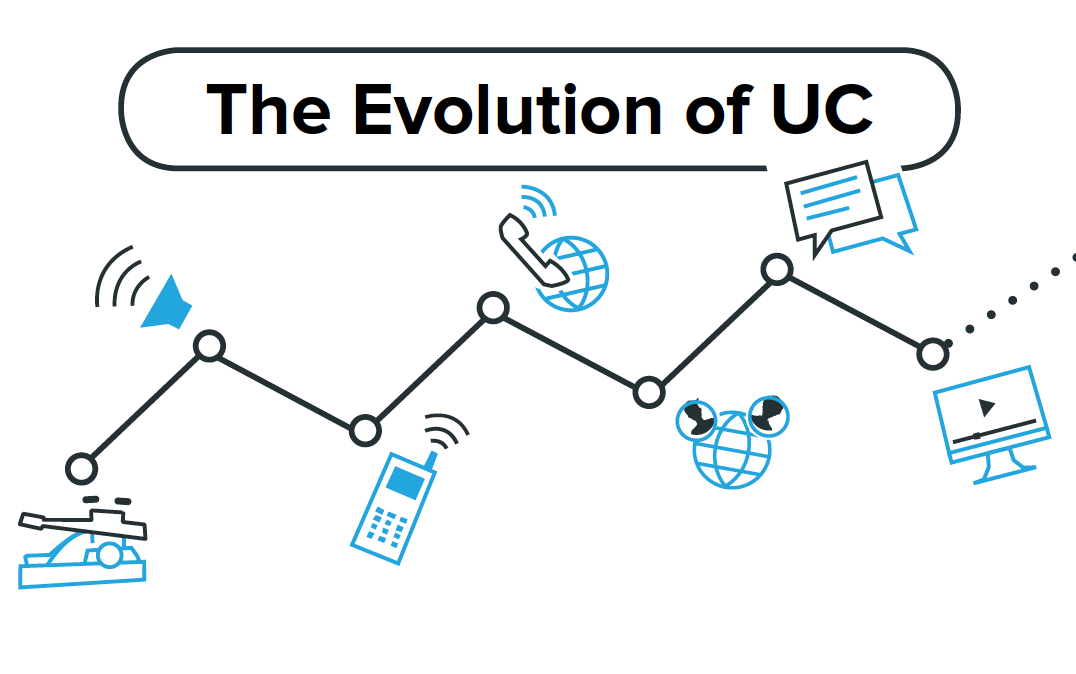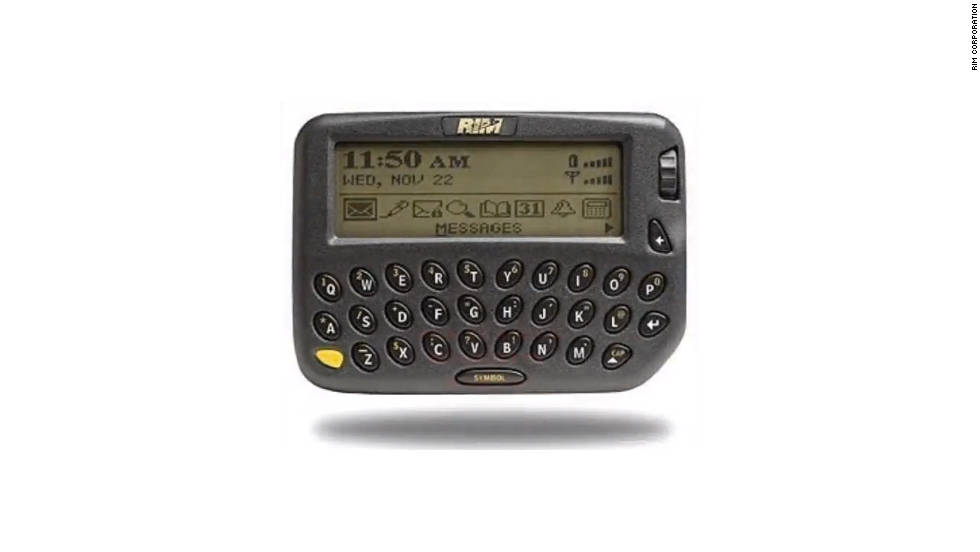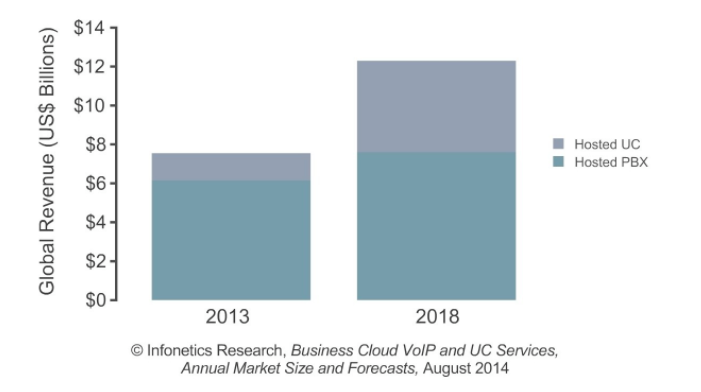A long time ago in an era where people wore perms and silk shirts, unified communications (UC) also became a fashionable trend. However, UC hasn’t gone out of style. Instead, we’re seeing an uptick in the industry like none other. We wanted to take a moment to look back on how the unified communications industry and its emerging technologies have evolved over time to slowly become a part of every-day-business and out lives.


Originally, business telephone systems were a private branch exchange (PBX). These systems were offered and managed by your friendly, local phone company. These systems required analog or digital circuits to deliver phone calls from a central office (CO) to a business or customers. The PBX, would simply accept and route a call appropriately extension. Plain and simple. However, this made way for bigger and better things.
1980s: Now, in the 1980s the concept of UC was beginning to evolve due to the merging of two different worlds; voice messaging and interactive voice response systems (IVR). Voicemail systems with IVR-like best served mobile employees, before the explosion of cell phones and personal computers. Where things became really appealing to users during this era of UC was when VMX, an early voice mail leader, offered an “email reader” feature on their voice mail system in 1985. Every businessman and woman wanted one, pretty hilarious when you think about what we have available today.
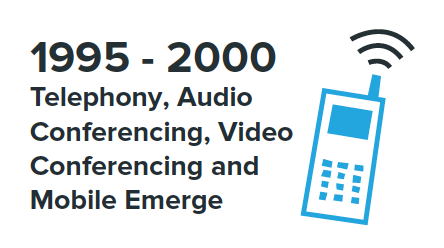
By 1995, companies were merging in an effort to create a more unified communication experience. For instance, Lotus (before they became IBM) and AT&T partnered up to create Telephony One Stop. In 1997, Microsoft partnered with a VMX/Octel/vMail division to produce what became Octel Unified Messaging. This was a precursor to Microsoft’s own offer of UM in Exchange 2007, but we’re getting ahead of ourselves there.
1995-2000 – Fun UC Flashbacks
- Find Me/Follow Me Functionality: As cell phones became more popular, unified messaging systems became what was referred to as “find me/follow me” systems. Callers loved the ability to “find” the party they were trying to reach by either a multiple ring process or user-controlled setting process.
- Speech-Controlled Interfaces: Offered to mobile users, this was perhaps the most touted of these applications which would allow the user to make calls by saying contact names or numbers, control incoming and outgoing calls, hear and respond to voice or e-mail messages (text to speech), and do other needed functions such as read their calendar or set appointments.
- Desktop : Unified messaging combined e-mail and voice mail in a single interface, but soon the vendors added call controls to those screens, initially using Computer Telephony Integration techniques, so that the users had their first version of what would become a UC and softphone PC client. This was a big hit. It was at this point that the term “Unified Communications” first showed up, as messaging and real-time communications were combined in the ways described here. Clearly, this was a precursor to current UC definitions and solutions, though those 1990’s products and applications would not be called UC by today’s standards.
- RIM BlackBerrys (Yep, remember those?): The final notable UC event in the mid-years was the introduction of the 1999 RIM BlackBerry product. Seemingly just a portable e-mail reader, we will see that as a tectonic shift in communications and UC.
The 1999 “CrackBerry”
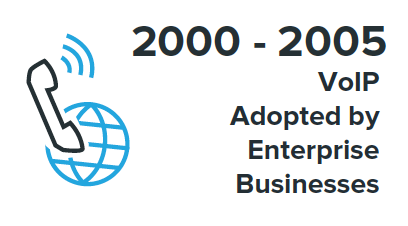
Meanwhile. other vendors like Cisco created equipment that could be placed in routers to transport voice calls across a company network from site to site. The termination of PBX circuits to be transported across a network and delivered to another phone system is traditionally referred to as Voice over IP, Voice over Internet Protocol or VoIP. This design required special hardware on both ends of the network equipment to provide the termination and delivery at each site.
According to Dialexia, “When VoIP technology first arrived on the market in the late 1990s, its adoption by both developers and corporations was initially slow. In 2001, less than 5% of business calls in North America were being conducted using IP-based lines. By 2008, however, 80% of all new corporate lines being installed were VoIP lines.” As time went by, Siemens, Alcatel-Lucent, Cisco, Nortel, Avaya, Wildix and Mitel realized the potential for eliminating traditional PBX and replacing it with a solution based on IP due to the increased demand from enterprise organizations.
Here is how Dailexia predicts VoIP hosting will shift in the near future:

- Unlimited and customizable meeting rooms
- Multiple meeting rooms per user
- Breakout sessions within a meeting
- VoIP
- Audio and video conferencing
- Meeting recording
- Screen sharing
- Notes, chat, and whiteboards
- User management, administration, and reporting
- Polling
- Central content library
- Collaboration Builder SDK
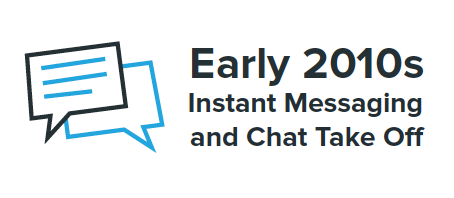
Microsoft Lync, Microsoft Office at the time, was a major forcing function on the business side. Although there were other options, Lync integrated with email (Outlook), making this messaging deployment for Microsoft a key part of IM use growing in the enterprise business space. We now all know and love Microsoft Lync as Microsoft Skype for Business today. In fact, there is no home or business that doesn’t know the name “Skype” when they hear it. Although, when we here the name Skype, we often don’t think of their instant messaging services, instead we think of video conferencing with chat as a supporting feature. Which leads us to our next, and final era.
What’s interesting is how instant messaging and chat are really making a huge comeback nearly 10 years later in the workplace. Think about somem of the names out there like SLACK, Atlassian’s HipChat, Google Hangouts, the list of instant messaging products goes on. What’s so intriguing to us, is that all of those instant messaging tools are integrating video which leads us to our next, and final era.

As of the late 2010s, high-definition resolution for video conferencing is becoming a necessity in the enterprise business market. Video conferencing systems are going beyond the boardroom for use with hand-held mobile devices that combine the use of video, audio and on-screen drawing capabilities broadcasting in real-time over secure networks, independent of location. Often companies span across multiple geographic locations or are able to source the best talent despite location and allow for employees to work remotely. Meanwhile, mobile collaboration systems now allow multiple people in previously unreachable locations, such as workers on an off-shore oil rig, the ability to view and discuss issues with colleagues thousands of miles away.
This is why you’ve been reading headlines like, “Mobile Unified Communications and Collaboration Market Worth $17.38 Billion by 2019” from PR Newswire. The market is exploding, and forecasts indicate it will continue to grow. However, we’re predicting that much like instant messaging and chat, video will also make a solid comeback. Similar to instant messaging in the Early 2000s, young consumers are all about FaceTime and Skype to connect over video in real-time. This is not unlike what happened with IM over social media.
Companies like Cisco, Skype for Business, Polycom, Vidyo, and Pexip, Blue Jeans, and more are in for a fun ride in the years to come!
Thanks for reading! If you’d like to learn more about the state of UC from a UC manager’s perspective, check out our latest White Paper: 2016 State of Unified Communications.

